Serving as a pallbearer is the most unselfish “good deed” someone can do for another. The deceased can never return the favor.
The Great General
Ulysses S. Grant was not born to anything even remotely connected with fame or renown or even great ability. He came from a strictly middle-class family, with middle-class values and abilities.
That he was sent to West Point for his education was a great milestone in his life. He was initially resistant, but then again, he was seventeen, and his father was an overbearing man. He did well enough to graduate in the middle of his class, distinguished only for his superb horsemanship.
Nevertheless, the associations and friendships made at the Academy would figure prominently throughout his life.
The Great General Dies…
Civil War General Grant’s successes in the field, i.e. the Victor of Vicksburg and the Hero of Appomattox, catapulted him to national prominence, and into the White House itself. For two terms. And then a round-the-world tour of the great cities and capitals!
When he returned, he settled in New York City, feted and partied, and eventually assuming a partnership in a financial brokerage, despite his sincere confession that he “didn’t know anything about finance.” His “I-know-everything” partner was also a scoundrel, who concocted a borrow-from-Peter-to-pay-Paul scheme that left the brokerage in financial chaos, scandal, and riddled with debt that a humiliated Grant committed himself to repay.
About the same time, the General, now 62, was diagnosed with throat cancer.
…And It Wasn’t Peachy
Grant insisted (and it was often repeated by his family members) that he got cancer from eating a peach. But what did he know? It is more likely that he first recognized the discomfort in his throat while eating a peach, which can be acidic.
But it is even far likelier that he developed the cancer from thirty cigars a day for thirty years…
Bottom line, the General suffered for about a year, in pain and decline, while he churned out his remarkable War Memorials, written with one purpose in mind: to pay his debts and provide for his family. Redeeming his reputation was also a side benefit.
The Cost of Dying
Grant’s only absolute demand regarding his funeral, was to have his beloved wife Julia lie beside him when her time came. The rest (with perhaps a few of his caveats) was arranged by his sons – and by the U.S. Military.
Even today, people of no prominence at all are overwhelmed by the cost of even a modest funeral. Grant’s Funeral was an event worthy of a monarch. The procession itself was seven miles long! And New York City, which was chosen in no small part by Julia Grant (who loved the Big Apple), had deep municipal pockets to do itself proud. President Grover Cleveland and former-President Chester A. Arthur (both New Yorkers, by the way) were the honorary chairmen, and former POTUS Rutherford B. Hayes (a 4x-wounded Union General) led the procession of tens of thousands of war veterans.
Hundreds of thousands of people, from the highest of the high to the lowest of the low, lined the streets. Many to march, and many more to pay respects.
It was the Army (with the input of Frederick D. Grant, a former West Point trained Colonel himself) who selected the handful of pallbearer escorts for the procession.
The Pallbearers
Leading the regular pallbearers was Admiral David Porter, who had not only known Grant during the War, but had successfully partnered with him on numerous occasions where the Army and Navy worked in happy unison. Hamilton Fish, a New York Congressman and two-term Secretary of State under POTUS Grant was a personal friend. His wife and Julia Grant were very close. George S. Boutwell had been secretary of the Treasury during the Grant Administration. John A. Logan, was one of the best “political” generals during the Civil War, and at the time of Grant’s death was the Commander-in-Chief of the Grand Army of the Republic, the foremost Union Veterans’ association. George S. Childs was a Philadelphia newspaper publisher and neighbor to the Grant’s summer cottage in Long Branch, NJ. George Jones and Oliver Hoyt had raised huge sums to provide for the “retirement” for the never-wealthy Grants.
Then there were the Honorary Pallbearers…
Friends and former foes, and West Pointers all, were assigned special roles in Grant’s Funeral Procession.
William T. Sherman. The best known Union General next to Grant, was a fellow Ohioan, two years older and ahead of USG at West Point. Their Academy acquaintance was pleasant but generally superficial, given their ages/classes. Subsequent meetings were also pleasant but superficial. Their friendship began during the War, grew at Shiloh, and was cemented during the long Vicksburg campaign. They thought alike. Sherman later became General of the Army.
Philip A. Sheridan. Nine years USG’s junior, the best known Cavalry General in the Union Army barely made the WP physical list, at only 5’4”. Nevertheless he packed a cannonade of energetic leadership into his small frame, and at the time of Grant’s death, was General of the Army (after Sherman retired.)
Joseph E. Johnston. Nearly fifteen years USG’s senior, he had attended West Point at the same time as Robert E. Lee and Jefferson Davis. As a Confederate General, he suffered both from serous wounds (during the Peninsula Campaign), and a long-running feud with Jefferson Davis. Nevertheless he was able and capable, and at the time of USG’s death, was the best known living ex-Confederate officer.
Simon Bolivar Buckner. This CSA General had been a close friend of Grant’s since their Academy days. He was a pal when Grant needed one, later surrendered to Grant at Ft. Donelson, and came to visit him as he lay dying twenty-one years later. It was personal.
Sources:
Flood, Charles Bracelen – Grant’s Final Victory: Ulysses S. Grant’s Heroic Last Year – 2012, DaCapo Press
Goldhurst, Richard – Many Are the Hearts – 1975, Reader’s Digest Press
https://www.nps.gov/articles/000/funeral-of-ulysses-s-grant.htm
https://www.smithsonianmag.com/history/war-and-peace-of-mind-for-ulysses-s-grant-1882227/


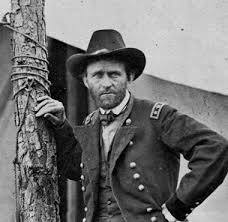
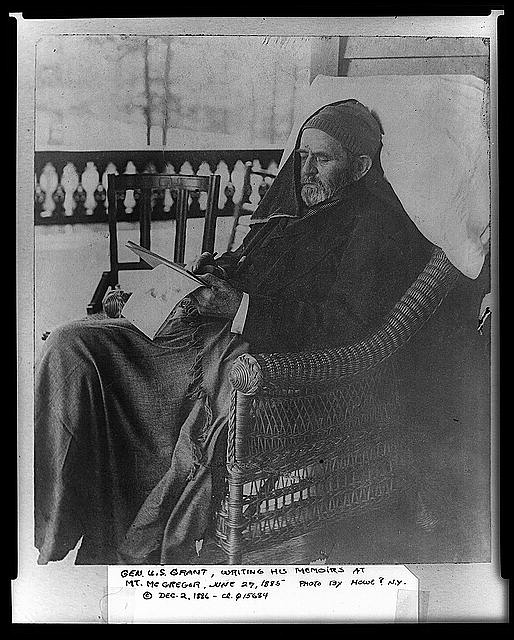
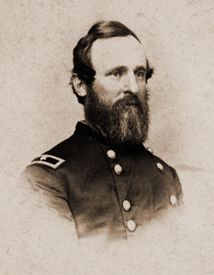

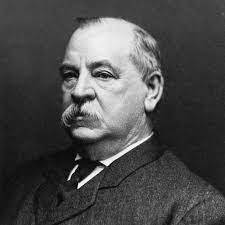
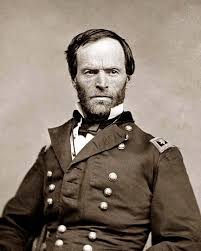
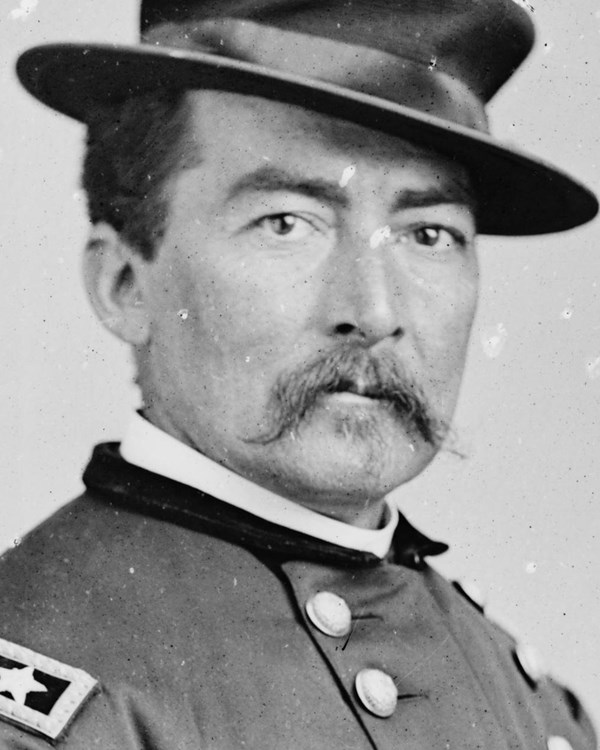
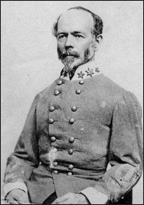

I’ve written a biography of pallbearer and close Grant family friend, George Boutwell (www.jeffreyboutwell.com), that will be published by WW Norton in January 2025 on this very unknown but highly consequential figure in American politics.